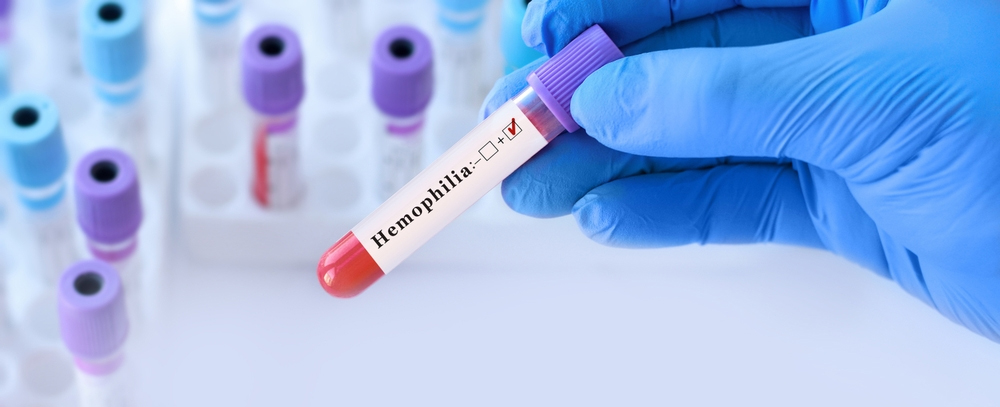
What does it mean to live with a health condition that requires constant vigilance and regular treatment? For individuals and families affected by haemophilia, a genetic disorder where blood doesn't clot properly, this is often their reality. Managing the condition involves frequent infusions and careful lifestyle adjustments. While current therapies have made a huge difference, the desire for a more fundamental, long-lasting solution is strong.
Table of Content:-
Gene therapy offers the potential for a long-term solution, delivering a working copy of the faulty gene directly into a patient’s cells. But how effective are these therapies now? We spoke to Dr Mahadeva Swamy, Consultant - Haematologist, Manipal Hospital, Goa, who shared insights on the same.
What Is Haemophilia?

Haemophilia is a genetic bleeding disorder in which blood does not clot properly because the person does not have enough clotting factors. "This lack of clotting factor means injuries that would be minor for others can lead to prolonged bleeding. The two most prevalent, Hemophilia A and B, are due to deficiencies of clotting factors VIII and IX, respectively. Hemophilia often runs in families but can also result from a spontaneous mutation in the genes," said Dr Swamy.
Also Read: The Hidden Battle Of Haemophiliac Women: Why Do Women Go Undiagnosed?
Gene Therapy For Haemophilia

Hemophilias have long been seen as promising candidates for gene therapy because their symptoms arise from the deficiency of a single protein present in small quantities in the blood. Extensive clinical experience and natural history studies indicate that even a slight increase in the levels of the missing clotting factor to around 5% of the normal amount can significantly improve the bleeding tendency. As a result, the therapeutic aim for gene therapy in haemophilia is relatively modest compared to many other monogenic disorders, according to a 2022 study.
They are not cures, not yet, anyway. But the results are promising. For Hemgenix, for instance, clinical trial data show that three years after treatment, 51 out of 54 patients stayed enzyme-free and did not have to undergo factor replacement therapy.
"Roctavian is also promising. While factor levels peak some six months post-infusion and then gradually decline and plateau, about 85% of patients have not required the resumption of factor therapy, and 5% even achieve normal clotting factor levels. That said, about 15% did need to go back to standard treatment," said Dr Swamy.
Also Read: How To Determine If Your Child Is At A Risk For Haemophilia?
Limitations of Gene Therapy
"Most patients do not achieve normal levels of clotting factor with gene therapy, so some people are not eligible. For instance, a healthy liver is needed, and some treatments, such as Roctavian, can’t be administered to patients with existing antibodies to the viral vector used in the procedure," added Dr Swamy.
Hemgenix permits some antibodies, but only within certain thresholds. Immune responses against the viral delivery system can also be a barrier to treatment.
Why Gene Therapy for Hemophilia Isn't in the Spotlight
-1745990433864.jpg)
“Unlike many other diseases, haemophilia already has standard effective treatments, which manage day-to-day issues fairly. Gene therapy, in contrast, was new and unknown. Many patients continue to ask, “Is it safe?” —an indication of understandable caution about a new approach,” explained Dr Swamy.
“There’s also some ignorance. Some patients may not know how much better life could be after gene therapy. But those who have had it often call it life-changing, providing, for the first time, a life without the definition of haemophilia,” added Dr Swamy.
[Disclaimer: This article contains information provided by an expert and is for informational purposes only. Hence, we advise you to consult your professional if you are dealing with any health issue to avoid complications.]
How we keep this article up to date:
We work with experts and keep a close eye on the latest in health and wellness. Whenever there is a new research or helpful information, we update our articles with accurate and useful advice.
Current Version